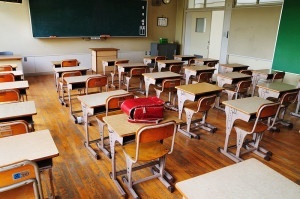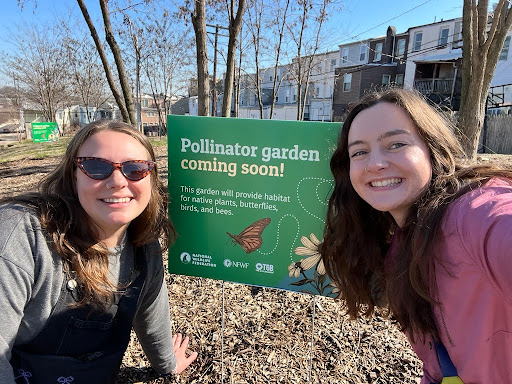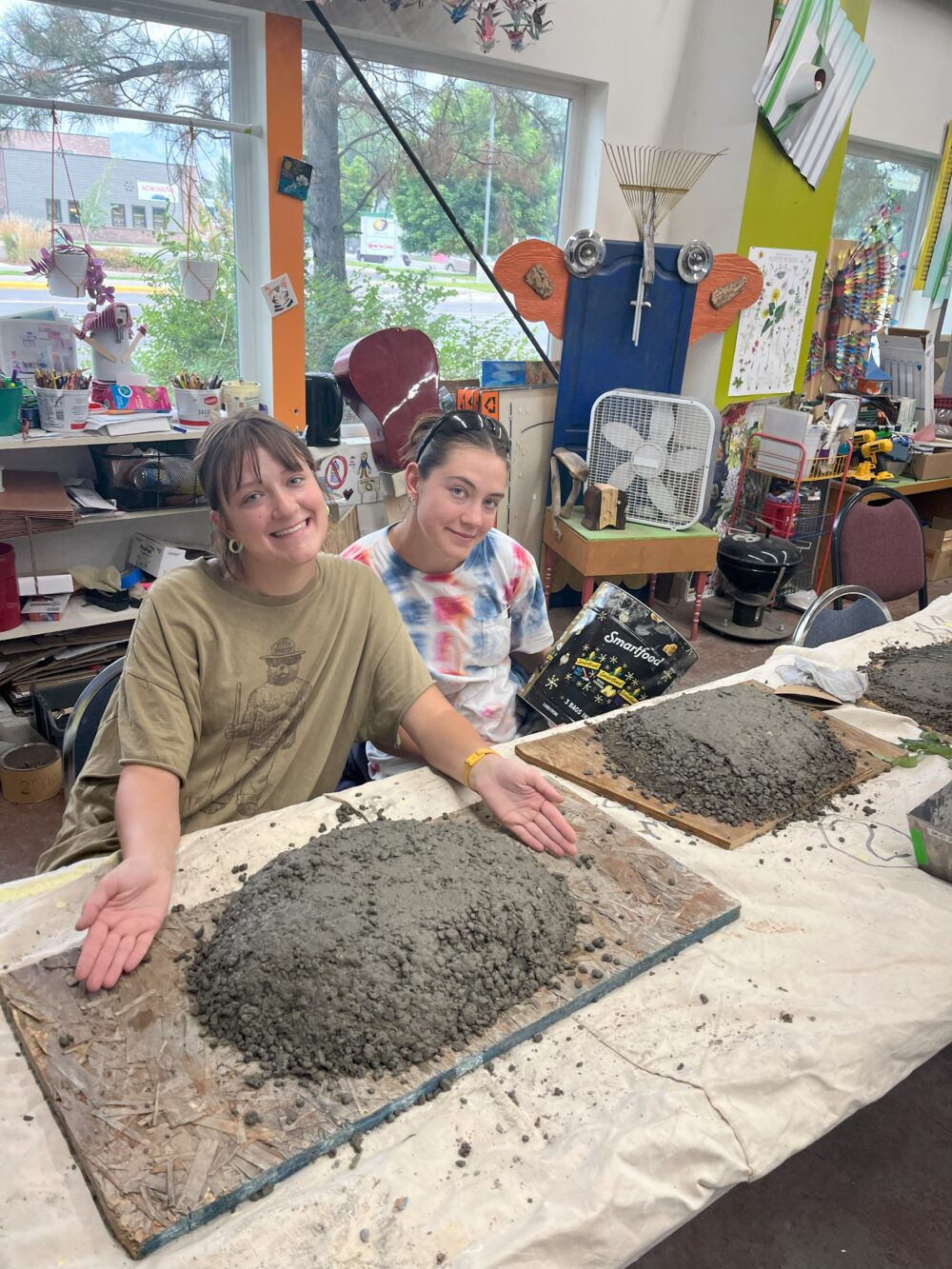We have much more to do and your continued support is needed now more than ever.
An Unsafe School Environment Can Affect Students’ Health and Academic Performance

to respiratory problems.
Why the increase? Was it the school itself? I wondered what secrets the building held.
Considering that students spend approximately 1,239 hours in school during the course of a school year (based on 177 days of instruction, that’s almost half of a year), you might think the health of the school’s facilities would be a priority for administrators. Unfortunately, school districts nationwide face tremendous budget constraints and are often forced to make tough decisions about what they spend money on.
But at what cost—or, better yet, at whose cost?
- According to National Education Association’s VP, NEA, Lily Eskelson, 1/3 of our schools have some Indoor Air Quality (IAQ) concerns that cause respiratory problems for children—statistic she calls “horrific,” and I call unacceptable.
- According to a 2010 survey by the National Association of School Nurses (NASN), 40% of nurses know children and staff that are adversely affected by pollutants in schools.
According to Joel Forman, MD, Associate Professor of Pediatrics and Community and Preventive Medicine at Mount Sinai School of Medicine, environmental exposures linked to pediatric diseases include:
- Asthma-Outdoor air pollutants, molds, and pesticides
- Neurodevelopmental disorders-lead, mercury, pesticides, synthetic chemicals
- Obesity-built environment (lack of access to natural play and exposure to the outdoors)
- Endocrine disorders-percholate, DDT
- Cancer-pesticides, radon, solvents, synthetic chemicals, EMF’s (electric and magnetic field exposure)
A few more harrowing facts:
- Environmental related disease costs for our school children are estimated at $54.9 billion annually!
- America’s students are at greater risk of developing diseases due to environmental toxins.
- Pound for pound, children drink more water, eat more food, and breath more air than the average American adults”
- “Children have a longer “shelf-life” [meaning] they have more future years ahead to develop illnesses with a long latency from the inciting or contributing exposure.”
More, from EPA’s report “How Does IAQ Impact Student Health and Academic Performance?”
“Recent research suggests that a school’s physical environment also can play a major role in academic performance. Leaky roofs; problems with heating, ventilation and air conditioning systems, known as HVAC systems; insufficient cleaning or excessive use of cleaning chemicals; and other maintenance issues can trigger a host of health problems — including asthma and allergies — that increase absenteeism and reduce academic performance. […] Improvements in school environmental quality can enhance academic performance, as well as teacher and staff productivity and retention.”
For even more on the dangers of poor IAQ, watch Dr. Sanjay Gupta’s CNN investigative report “Toxic Schools.”
How Can Eco-Schools USA help?
By being a part of the solution!
Eco-Schools USA works to create partnerships with other organizations and schools in an effort to promote sustainable environments for our students.
Recently we introduced a Health Schools pathway to help schools address their facilities by empowering students with knowledge, audits, and examples of student-driven actions to better the school environment (it also connects to one of the three pillars in the Department of Education’s new US Green Ribbon School Awards program, health of students and staff, and will make it easier for Eco-Schools to gain Green Ribbon recognition).
To find out how to become an Eco-School, visit our website.





















